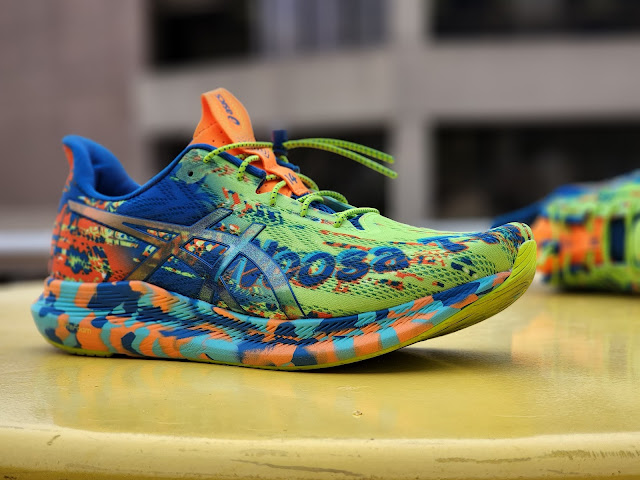Listen to This Week's Podcast Here!
We are excited to have this episode sponsored by Karhu. You might know they make a collection of running shoes, but for before or after the run, you can be sure to look good with Karhu's Lifestyle collection. They've recently released fresh seasonal colors to ensure you're stylin' going to and from the track.
Go to Karhu.com and use promo code DOR2022 at the time of checkout to receive 20% off from the lifestyle assortment when you purchase $100 or more.
Chapters
0:00 - Introduction
1:20 - The Subjective: Have you ever had a full body running evaluation?
1:50 - ASICS Glideride 3 Review - Upper
6:56 - ASICS Glideride 3 - Midsole & Ride
23:34 - Who this shoe may work for
35:08 - Overview of full body running evaluations
43:59 - Common muscular weaknesses in runners
59:28 - Common mobility restrictions in runners
1:03:20 - Testing parameters in running evaluations
1:09:32 - The importance of running evaluations
1:16:14 - Wrap-up
Recent Episodes
#87: Does Every Shoe Need a Plate? Midsole Trends Today
#86: Stability vs. Support with Brooks Running
#85: All About Trail Shoes
#84: The Truth About Midsoles, Part 2
#83: The Truth about Midsoles, Part 1
#82: The Science of Nutrition and Training for Women
Recently at Doctors of Running
Inov-8 Parkclaw G 280 - A road to trail hybrid that ticks a lot of boxes for us
New Balance Fresh Foam X Tempo v2 - A freshly updated model that provides a low profile, versatile training option
Puma Fast-R Nitro Elite - Puma's new super shoe packed with interesting technology
Saucony Xodus Ultra - A pwrrun pb fueled distance trainer for trails
Reebok Nano X2 - The latest trainer out of the Nano series gets a great upper update
Follow Doctors of Running on Social Media
Facebook: Doctors of Running
Youtube Channel: Doctors of Running
LinkedIn: Doctors of Running
Instagram: @doctorsofrunning
Twitter: @doctorsrunning
Podcast: Virtual Roundtable
Please feel free to reach out, comment and ask questions!
Contact us at doctorsofrunning@gmail.com
NEXT: New Balance Fresh Foam X Tempo v2










